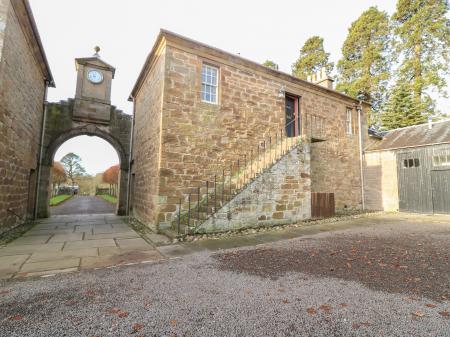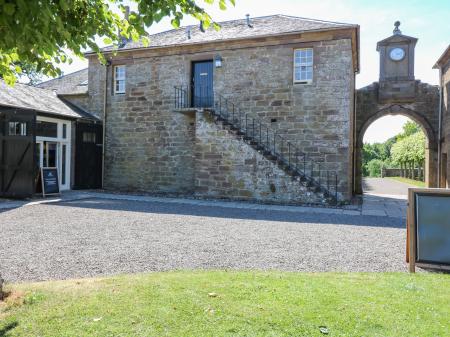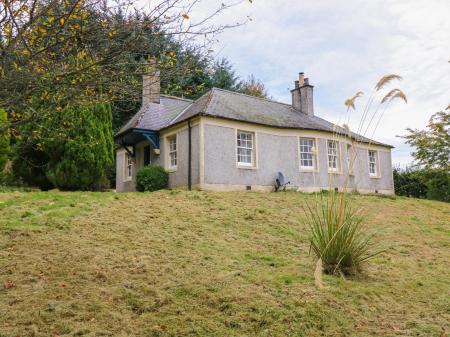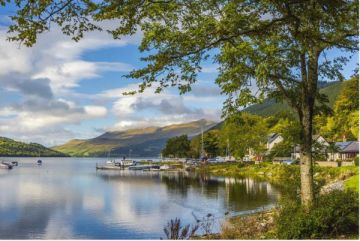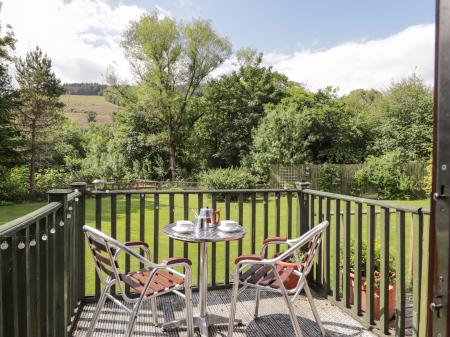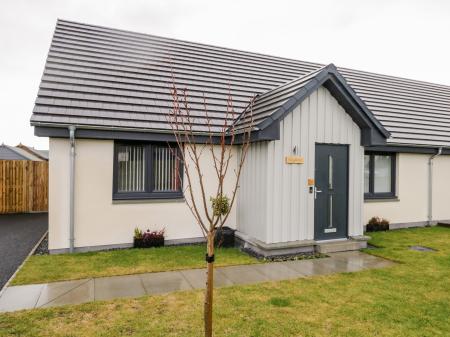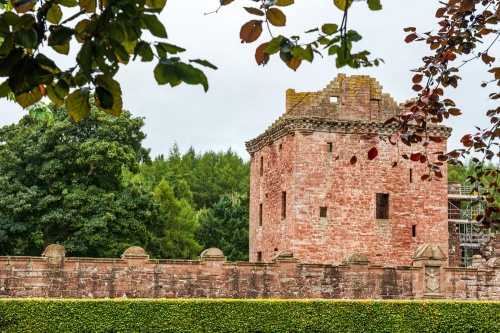
History
There was a timber fortress here in the medieval period, known as Stirling Castle (not to be confused with that 'other' Stirling Castle further south!) In 1358 the Lindsay family married into the Stirling family, and Edzell became a Lindsay possession. David Lindsay, the 1st Earl of Crawford, tore down the timber buildings and erected a new stone castle. Over the ensuing centuries, the Lindsay's transformed Edzel into a comfortable fortified residence suitable for one of Scotland's leading families.

The Gardens
Mary, Queen of Scots stayed at Edzell in 1562 during her campaign against the Earl of Huntly, but in 1604 Sir David Lindsay decided to transform his family home to reflect his interest in classical scholarship. He created a walled garden, where the walls themselves were an essential part of the design. When you think of a garden, chances are you think first of lawns and flowers, trees and borders, paths and planters. But Edzell is unlike any historic garden.
The stone walls are decorated with beautifully carved, though worn, panels depicting the cardinal virtues, seven deadly sins, the liberal arts, and the planetary deities. Niches were designed into the walls to hold flowers, but not simply decorative flowers; the floral arrangement was designed to depict heraldic devices associated with the Lindsay family. Within the walls of the garden are clipped hedges of box, carefully arranged to create the Scottish thistle and French fleur-de-lys symbols.

The hedges and flowers that surround them spell out two mottoes used by the Lindsay family, 'Dom spiro spero' (while I breathe, I hope), and Endure Forte (endure strongly). The floral designs were set off by carefully arranged statues and sculpture to create an environment to stimulate the senses through sight, sense, and intellect. It was both a pleasure ground, an intellectual exercise, and a statement of family pride.
Unfortunately, Edzell Castle suffered from the Lindsay's involvement in Scottish politics, and generations of Lindsays showed a propensity for picking the losing side in a struggle. In the 1650s Cromwell's soldiers garrisoned the castle, and in the later years of the century the then Lord Edzell held 'high church' services in the castle despite the vigorously Presbyterian politics of the time. He endured the censure of his fellows, but worse was to come. Much worse.
Years of bucking the political trends left the family finances in a parlous state, and in 1715 Lord Edzell was forced to sell the castle to the Earl of Panmure. Despite the sale, his pockets were soon empty again, and he lived out his days working in the stables at a nearby inn.

The new owner of Edzell did not fare too much better. Though a Protestant, he was opposed to the new Hanoverian dynasty and fought against the English at Sheriffmuir. When the Hanoverian supporters triumphed, the Earl went into exile in France, refusing all efforts to reach a compromise that would allow him to return home. The government sold off Edzell to the York Building Company, who made a business out of buying up forfeited properties at bargain prices.
In 1745 the castle was briefly garrisoned by government troops during the 2nd Jacobite Rising and suffered great damage. Then the family's creditors moved in, stripping out anything of value, leaving Edzell a shell.
But what a shell! For the gardens have been restored, and are a treat for the senses once again. The tower house is empty and ruinous, though you can climb stairs to the upper floors and look down over the gardens that Sir David Lindsay built.
To say that I loved Edzell is an understatement. The castle itself is fascinating, but the gardens are a delight. No matter where you look there are fabulous carvings, intricate garden beds, and intriguing symbolism. While you visit Edzell it is worth a quick visit to the Lindsay Burial Aisle in the nearby churchyard, just a stone's throw from the castle. This simple structure stands near the medieval castle motte and is all that remains of the 14th-century church on this spot.
THE WALLED GARDEN












 We've 'tagged' this attraction information to help you find related historic attractions and learn more about major time periods mentioned.
We've 'tagged' this attraction information to help you find related historic attractions and learn more about major time periods mentioned.